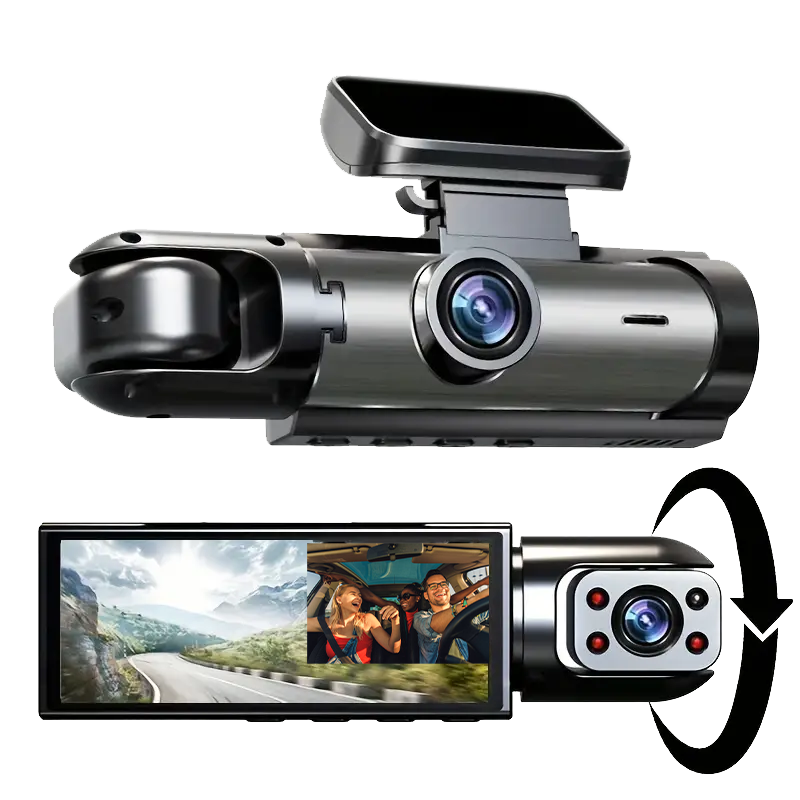
Toyota Bj/ Fj 1951 - 1955

The United States government ordered 100 vehicles with the new Willys specifications and tasked Toyota to manufacture them.
The Korean War created demand for a military light utility vehicle. The war put a Jeep on Japan's doorstep.
| BJ and FJ | |
|---|---|
| Overview | |
| Production | 1951–1955 |
| Assembly | Toyota City, Japan (Arakawa Auto Body) |
| Body and chassis | |
| Body style | 2-door softtop |
| Layout | Front-engine, rear-wheel-drive |
| Powertrain | |
| Engine |
|
| Dimensions | |
| Wheelbase | 2,650 mm (104.3 in) |
History
- 1950 – The Korean War created demand for a military light utility vehicle. The war put a Jeep on Japan's doorstep. The United States government ordered 100 vehicles with the new Willys specifications and tasked Toyota to manufacture them.
- 1951 – The Toyota "Jeep" BJ prototype was developed in January 1951. This came from the demand for military-type utility vehicles, much like the British Land Rover Series 1 that was developed in 1948. The Jeep BJ was larger than the original U.S. Jeep and more powerful courtesy of its Type B 3.4-litre six-cylinder OHV Four-stroke petrol engine which generated a power output of 63 kW (86 PS; 84 hp) at 3,600 rpm and 215 N⋅m (159 lb⋅ft) torque at 1,600 rpm. It had a part-time four-wheel drive system like the Jeep. However unlike the Jeep, the Jeep BJ had no low-range transfer case.
- 1951 – In July 1951, Toyota's test driver Ichiro Taira drove the next generation of the Jeep BJ prototype up to the sixth stage of Mount Fuji, the first vehicle to climb that height. The test was overseen by the National Police Agency (NPA). Impressed by this feat, the NPA quickly placed an order for 289 of these offroad vehicles, making the Jeep BJ their official patrol car.
- 1953 – Regular production of the "Toyota Jeep BJ" began at the Toyota Honsya Plant (Rolling chassis assembly). The body assembly and painting was done at Arakawa Bankin Kogyo KK, later known as ARACO (now an affiliate of Toyota Auto Body Company). The "Toyota Jeep BJ" Series was introduced alongside the following:
- BJ-T (Touring),
- BJ-R (Radio),
- BJ-J (Cowl-chassis for a fire-engine).
- 1954 — The name "Land Cruiser" was coined by the technical director Hanji Umehara. "In England we had another competitor — Land Rover. I had to come up with a name for our car that would not sound less dignified than those of our competitors. That is why I decided to call it 'Land Cruiser'," he recalls. The name had already been used on the Studebaker Land Cruiser which was produced from 1934 to 1954.
- 1954 – The 93 kW (126 PS; 125 hp), 3.9 L Type F petrol engine was added to the Land Cruiser range for the fire-engine chassis. Models are renamed as:
- BJ-T (Touring),
- BJ-R (Radio),
- BJ-J (Cowl-chassis for a fire-engine),
- FJ-J (Cowl-chassis for a fire-engine).
